The area devoted to pitahaya, mangoes, avocados, and cherimoyas on the Costa Tropical of Granada has been increasing for years thanks to the companies specialized in subtropical fruit in the area, such as Frutas Tejerina, which saw the interesting projection of pitahaya almost a decade ago.
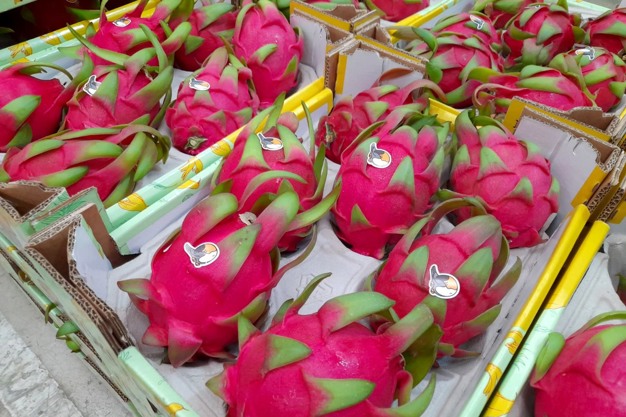
"Nine years ago we began to try growing this fruit on an experimental farm we had, and from the start, we saw that it grew very well in this area," stated Emilio Tejerina, manager of Frutas Tejerina. "We achieved very good results and great quality in outdoor cultivation because most farmers who produce pitahaya grow it in greenhouses."
"In our experience, the most important thing is choosing a variety that gives good yields, minimizes costs, and has good taste. In that aspect, there has been a great advance in recent years. We started with the Undatus, Costa Rican, and Hybridum varieties. They were the best-known varieties back then and they had already been tested in different test fields, mainly in the Canary Islands."
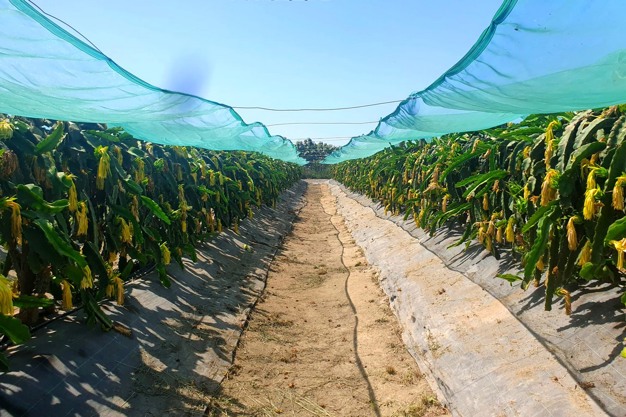
"These varieties have fallen a little behind other varieties that have a promising future, a lot of flavor, and are even self-pollinating, which save a lot of costs; especially that of manual pollination in a market that is on the decline as production increases. In this context, saving costs will be essential for pitahaya to remain an interesting crop," Emilio said. "Some 8 years ago prices stood between 7 and 8 euros/kilo. Now, they stand at around 4 euros/kilo and will surely reach 3 euros/kilo soon. However, that also means it's gradually changing from being a luxury product to a commodity, and that consumption is increasing."
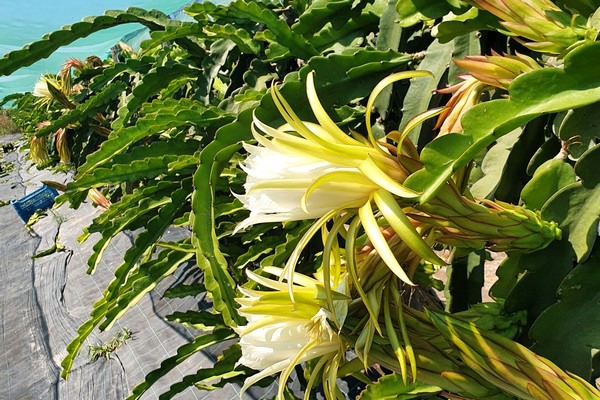
"I'm sure pitahaya will become more important in the market. The years in which avocado and mango have problems due to weather issues, like this year, could help it become more important faster," he said. "Pitahaya can withstand this area's lack of water, heat, and subtropical climate very well. It also has a fairly extensive production over time thanks to the plants' various flowering between April and November. However, there are some production irregularities that customers still have difficulties understanding. The campaign has just begun in the Costa Tropical and Frutas Tejerina will start harvesting strong volumes at the end of July/beginning of August."
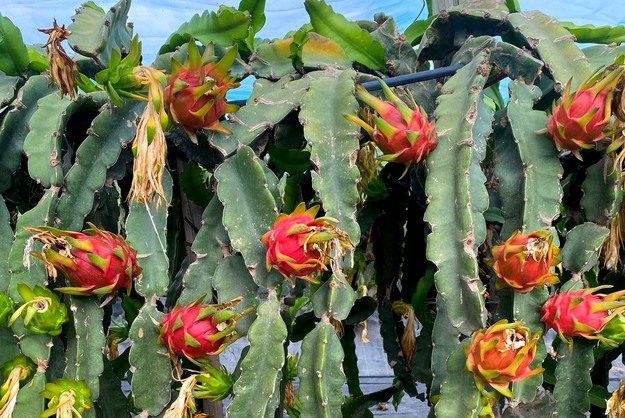
It'll be a short avocado and mango campaign, but stability in cherimoya
Everything indicates that this year's mango and avocado campaign will be similar to last year's. "Both avocado and mango had very good flowering and setting, but a lot of fruit was lost in one windy spring week."
"Some farms didn't suffer so many losses thanks to their microclimate. In general, however, producers don't expect large volumes of avocado or mango; perhaps a similar volume to last year. In mango, in particular, we went from having fields full of curdled fruit to trees that are aborting almost everything they had."
"Last year, experts and technicians said the heat had negatively affected the mangoes. It hasn't been so hot this year so we think production might have been affected by the really low night temperatures. Be that as it may, it's a shame that we'll have another short campaign."

"The pollination techniques we use in the other great tropical crop in the area, cherimoya, ensure a good set and that each season we have a good amount of fruit available," he said. "At the moment, the trees are producing the fruit of the autumn campaign, which runs from the end of August to mid-November, and production is very stable."
"Finally, we complete our tropical production with medlar and sugarcane. The campaign of the former takes place between April and May and of the latter in the first half of the year."
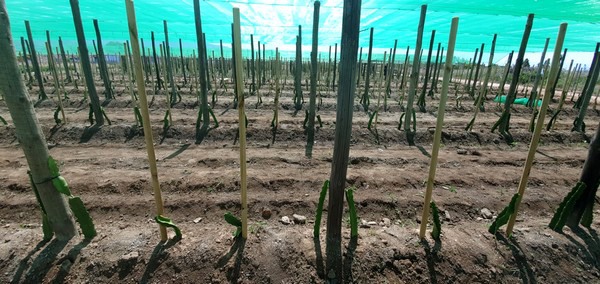
"In the past, sugarcane was cultivated throughout this area of the Andalusian Mediterranean coast and up to Levante. This plant was brought to Spain by the Arabs from Asia, and then the Spaniards took it to America. Over the years, its cultivation was abandoned due to the lack of profitability and competitiveness against other origins, allocating these production areas in favour of other tropical crops to the point that almost all the sugarcane and sugar mills between Malaga and Granada disappeared. Only one cane honey factory in La Axarquía, the Montero sugar factory, and some other artisanal wineries on the coast of Granada that distil alcohol and rum from cane molasses are left. However, the cane molasses they use for their production is not made with cane from here."
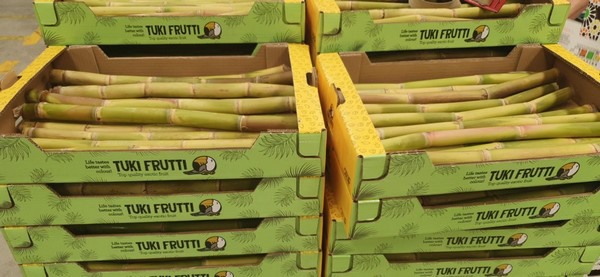
"Despite this, we continue growing sugarcane, which we sell in certain markets, mainly in South America, where they continue to use it as a fresh ingredient."
For more information:
Frutas Tejerina
C/Cantarranas 4, 14613 El Varadero, Motril
Granada (España)
Tel.: +34 958 605 150
[email protected]
https://frutastejerina.com
